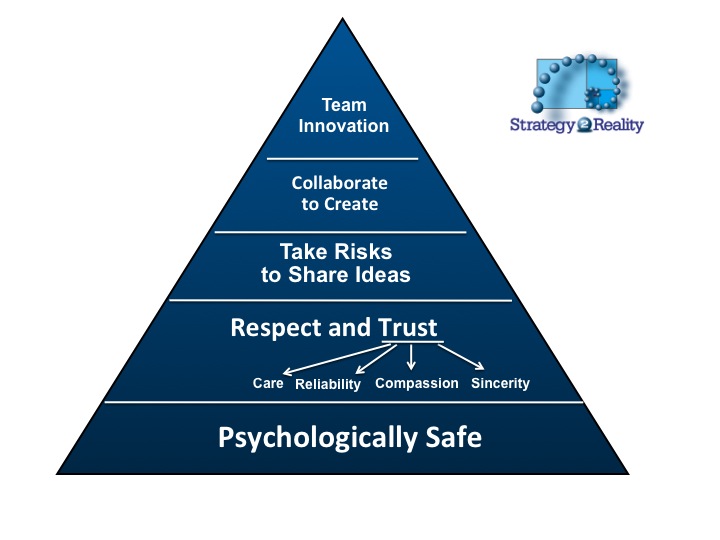Innovation execution never comes from off-the-shelf management consulting solutions
Let’s break it down: if your company is committed to executing your strategy, you’ve got to be equally committed to rapid continuous improvement to enhance your innovation execution processes. That commitment isn’t possible without planting new seeds of innovation. To get the results you want, you have to innovate to ensure that your strategy and execution processes are more efficient and effective in attaining the quality required in the marketplace. This fixes a focus on customer needs and market requirements, to drive both your operational processes and the execution of your project or product. There must be an underlying leadership culture of continuous improvement and quality management systems to support it, because those bulbs in the garden simply won’t thrive in poor soil.
In a research paper entitled “Leadership and Innovation”, published in McKinsey Quarterly 2008 No 1, 94 per cent of survey respondents acknowledged that people and corporate culture were the most important drivers of innovation. The roots of an innovative culture are employees who first of all believe that their ideas are valued, then trust that they can safely express those ideas and, finally, are able to collectively oversee the risk of implementation. In reality, therefore, the best leading indicator of innovation is how a leader’s day-to-day “execution behaviour” supports his or her people. This behaviour must ensure that employees know that they can make a difference; that they feel psychologically safe in sharing their ideas or stating their disagreements; and finally, that they use the wisdom of their teams to get the implementation of an innovative idea right.
Once the basics of effective leadership for innovation are understood, truly sustainable results are achieved only when leaders look past short-term results to plan for future harvests.
Consider the example set by the Japanese auto giant Toyota, recently ranked – once again – in the top three of Business Week’s most innovative companies in the world. In my book, “Executing Your Strategy: How to Break It Down and Get It Done”, we analysed Toyota’s unrelenting commitment to and investment in continuous improvement, and how this has resulted in its popular Prius hybrid, which began its domination of the “green” car market even before “green” became a household term. Unlike the nearly-bankrupt General Motors, Toyota included innovative projects in its portfolio that stretched beyond market demand in the gas-guzzling 1990s. At the same time, GM went with the Hummer. Enough said. At a strategic level, Toyota included innovative new elements in its product portfolio, to improve its operations and its product mix. But the real fertiliser in Toyota’s soil was, and still is, its leadership practices. The company’s leaders are taught to focus on kaizen and to develop the core leadership skills of managing an environment of continuous improvement and organisational learning that ultimately drives innovation.
Even though Toyota is recognised as a leader in innovation, very few have been able to imitate its success. McKinsey’s Quarterly’s research has also shown, rather surprisingly, that there are no best-practice solutions for seeding and cultivating innovation; that there are no empirically proven theories of best practices for creating it. What works in the unique microclimate and growing conditions of one organization is not easily replicated in another. An innovative culture cannot be transplanted, it has to sprout organically from analysing and working within a company’s particular environment. There must be an unshakeable focus on executing rapid continuous improvement and a willingness to make mistakes and learn from them.
In the fields of strategy execution, expert gardeners carefully prune to maximise the energy and resources of an enterprise while at the same time introducing new seedlings in their strategic project portfolios and execution processes. They cultivate cultures of innovation through building effective leaders, not with off-the-shelf management-consulting solutions. The result? Just watch those flowers grow.
By William Malek













